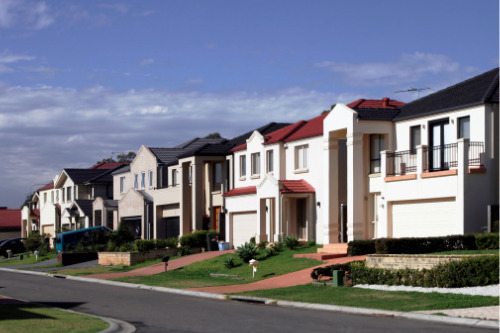

On Tuesday, 24 November, Victoria passed down its 2020-21 state budget, revealing a host of support measures intended to stimulate the housing market and building industries, including stamp duty discounts of up to 50%.
Following the news, Australian Broker sat down with Victoria-based Damien Roylance, founder and managing director of Entourage Group, to talk through some of the key points of the amended stamp duty rules.
1. The savings differ for new and existing homes – and there’s a price cap.
Victoria’s full 50% stamp duty relief applies to those buying newly built homes valued up to $1m, while Australians purchasing existing homes can access a 25% waiver up to the same $1m mark.
“People now think it’s going to be a very positive 2021 for real estate,” Roylance said.
“The market is actually already pretty good at the moment so, add this in, add interest rates with a one in front of them, and they’re really not letting this market crash.”
Roylance also pointed out that first home buyers purchasing a property priced between $600,000 and $750,000 – and therefore aren't eligible for the full stamp duty exemption, but are receiving a concession under existing aid – can now combine that with the 25% or 50% stamp duty discount, at least for the next six months or so.
2. The discounts have a deadline.
The stamp duty waivers are only available from this week through to the end of June 2021 – a relatively short, seven-month window.
“With that 30 June deadline, people might be rushed into doing things in the next six months,” Roylance said, going on to explain he's expecting to soon see some kind of uplift in housing market activity.
“Some might be rushed into getting their place on the market to take advantage of the buyers with the lower stamp duty now, or else some might want to buy before 30 June to make sure they can save.”
Because of the deadline, Roylance wouldn’t be surprised to see “a bit of inflated pricing” over the next six months as well.
3. It could push people's price point up.
While the initiative is intended to lower the amount of savings borrowers need upfront to get into a home, Roylance expects to see some people increase the price range of the properties they’re considering off the back of the stamp duty discount.
“We might see people’s budget go up by the amount they’re saving,” he said.
“Vendors will probably reap the rewards and get a little bit more money, and people selling will win, because buyers will have that extra $10,000 or so to spend.
“That might encourage more people to sell, which is good because stock levels are still pretty low,” Roylance added.
4. The discounts could help bring investors back to the market.
Roylance highlighted that, unlike many stimulus measures in the housing space, the discount is not reserved for owner-occupiers alone.
“The government is always looking to support first home buyers, but investors will now save on stamp duty as well, so they can probably compete more with the first home buyers,” he explained.
“Because investors will benefit from this too, they might come back a little more to the market.”
5. The stamp duty relief is part of something larger.
Victoria's state budget really pushed its “Big Housing Build”, introducing a range of initiatives that all work towards creating and sustaining jobs in the building industry and generating more affordable housing.
The budget allocated $6bn directly towards building more than 12,000 new social and affordable homes, while the state's $20,000 First Home Owner Grant for people buying or building a new home in regional Victoria was extended through to June.
As such, it's clear the stamp duty discounts play a part in the larger efforts of the state to support tens of thousands of Victorians in the construction industry.
“This loan [size] cap seems to be targeted at people looking in all the new housing estates around the state with those new $500,000-odd properties,” Roylance said.
“Everything seems to be trading around building more houses and keeping those jobs.”
